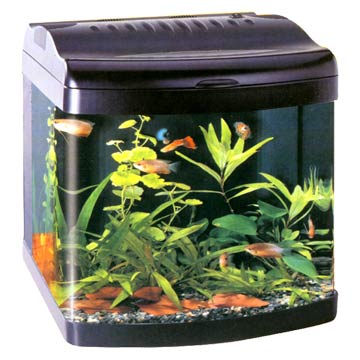Ever wonder what's behind those colourful prints on your CLEO magazines or let's say, your Biology or Chemistry text book?
Well, to get those colourful pictures and texts to be printed out on a piece of paper, you will definitely need printing inks! Even to write on a piece of paper with a pen, you'll need ink as well.
Inks are liquid containing pigments and also dyes and are used to colour the surface to produce an image or text. Inks are used in pens, quills, printers and many more printing machines. The colours of the printing inks are mostly given by the pigments rather than dyes which are commonly used in writing inks in pens. Pigments are any materials - be it black, white or fluorescent, that changes the appearance of the objects by selectively absorbing and reflecting certain lights. Pigments are the chief constituents of inks.
To differentiate the colour, the Colour Index System identified the pigments through their colour shade or hue and also the structural bond of the pigments. As the particle size becomes smaller, the colour intensity or the strength of the colour of a pigment will increase. The four main pigments used in inks are azo pigment, copper phthalocyanine blue, a typical quinacridone and also a diaryl pyrrolopyrrole. Besides these four, there are many kinds of different pigments. For example, the fluorescent pigments and also pearlescent pigments. Fluorescent pigments are often used in security inks to prevent forgery and also in giant billboards to attract the people’s attention. Pearlescent pigments on the other hand have the ability to reflect light the same way as natural pearls. A few pigments are mixed together to get a particular colour. For example, to obtain black colour, iron oxide – Fe3O4 and FeO, carbon and also logwood are mixed together. Blue colour on the other hand is a mixture of azure blue, cobalt blue and also Cu-phthalocyanine. Yellow colour is a mixture of cadmium yellow – CdS and CdZnS, ochres, curcuma yellow, chrome yellow and also disazodiarylide.


Structural formula of azo pigment, copper phthalocyanine blue, a typical quinacridone and diaryl pyrropyrrole.
During the formation of ink, surfactants are also added in as an ingredient of ink. Surfactants contain a hydrophobic hydrocarbon chain and also a polar group. Surfactants will help to lower the surface tension of the solvent in which the ink will dissolve. Surfactants act as stabilising agents for pigment dispersions. However, surfactants must be chosen wisely as surfactants that are not appropriate will cause ink foaming. Usually ionic surfactants are good in stabilising foams, and thus ionic surfactants are not included in an ink formation.
Now I guess you know a little bit more about pigments and inks. They are just something we cannot leave without in our daily life. Without inks and pigments, there will not be any books, magazines and also pens.


 Ethyl cyanoacrylate
Ethyl cyanoacrylate Ethyl cyanoacrylate
Ethyl cyanoacrylate

















